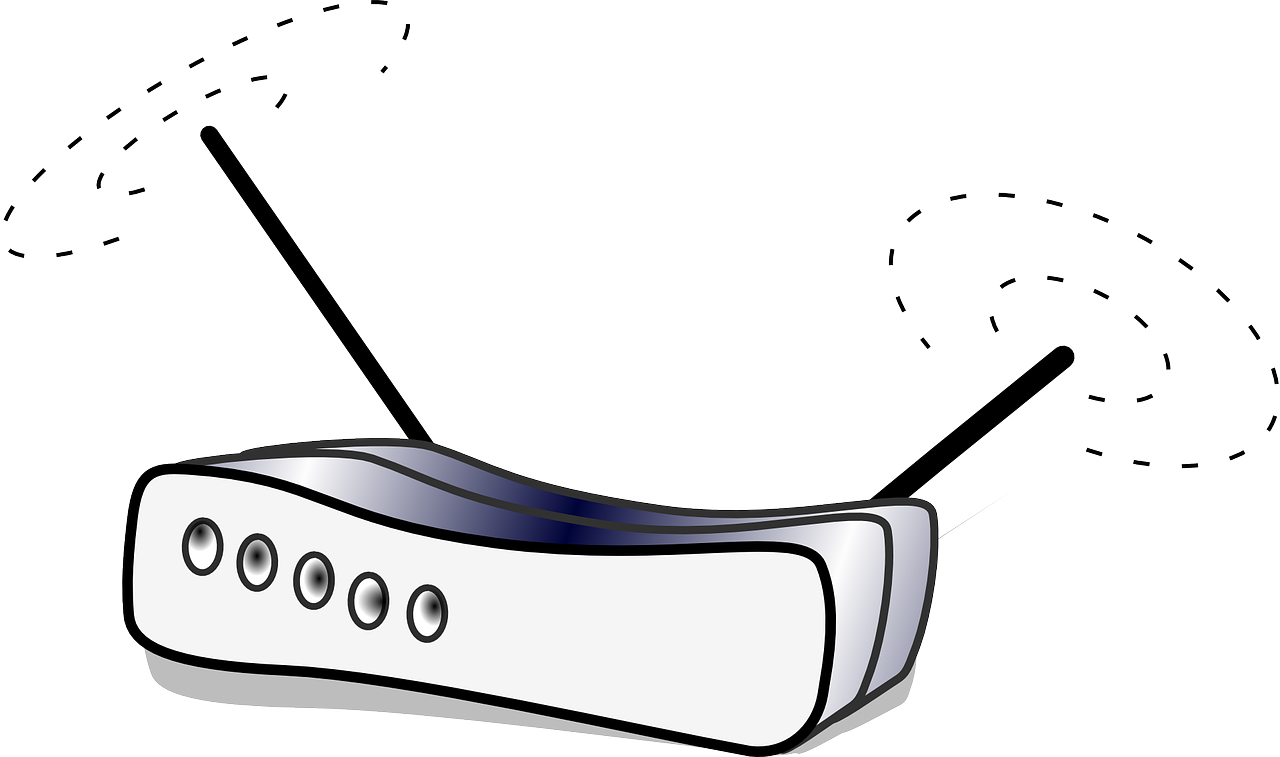
Very many people are currently moving to video-based meetings. For that reason I have written up some quick advise on how to improve your setup. This is based on my interview advise, but grouped differently.
Network
 {width=“200” height=“100”}
{width=“200” height=“100”}
The first important thing is to have as good a network as you can. Video conferencing requires a lot of bandwidth, so even though your e-mail and regular browsing works fine, it may still not be sufficient for good video transmission.
- Cabled network: If you are able to connect with an Ethernet cable to your router, that would usually always be the best and most solid solution.
- Wireless network: If cable won’t work for you (it is also difficult logistically in my own apartment), try to get as close as possible to your wi-fi router.
Audio
 {width=“200” height=“200”}
{width=“200” height=“200”}
I would argue that improving the audio is more important than the video for video conferencing. Most video conferencing systems (Skype, Zoom, etc.) will prioritize the audio channel, which means that the video may stutter while the audio is passing through fine.
The main trick is to aim for separating the “foreground” as much as possible from the “background”. There are some very basic audio principles to follow:
- Use a headset: The best way to get decent sound for video conferencing, is to move the microphone as close as possible to your mouth. Headsets with a microphone boom in front of your face are the best, but a regular mobile phone headset (the one that came with your mobile phone, for example) would still be better than nothing.
- Use headphones: If you for some reason do not have a headset with built-in microphone, using a regular pair of headphones is still better than using the speakers on your computer. With this setup you use the microphone on the computer, which may not be ideal, but at least you won’t get feedback problems.
- Avoid reverberant rooms: If you aim for clarity in conversation, it is typically better to sit in a smaller and more damped room than a large one. That means that a bedroom is typically better than a larger living room. If you use a headset this is less important, but particularly if you only use the built-in microphone and speakers on a laptop, this could make a huge difference in how your voice gets through.
- Mute yourself: In most system there is a button to mute yourself. If you are not talking all the time, it helps to mute yourself from the discussion. Just remember to unmute when you want to say something!
Video

The same principle of separating “foreground” from “background” applies to the video.
- Lighting: To obtain the best possible video image, think about your placement with respect to lighting. It is, for example, not ideal to sit in front of a window, since a bright light in the background will make it difficult to see your face.
- Background: The best is to sit in front of a plain wall. If that is not possible, consider whether the background of your image is what you want to show to your fellow students/colleagues.
- Video angle: If you are using the built-in camera on your computer you may not have too many options for how to place the camera. But you may still consider shifting the camera position so that you and your surroundings look as good as possible.
Summing up
There are, of course, many ways to improve your video conferencing setup. Many people believe that you need to invest in expensive equipment to get good results. But even cheap consumer products are very capable of producing decent results these days. So it is more a matter of optimizing what you have. Good luck!